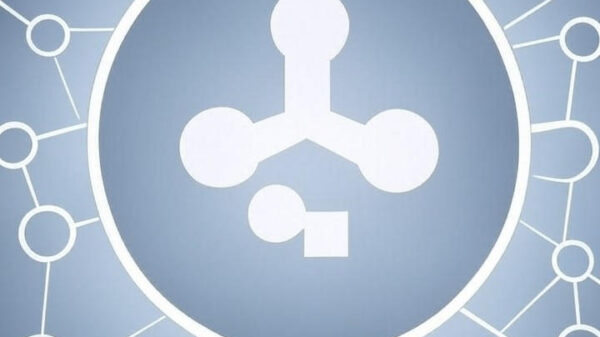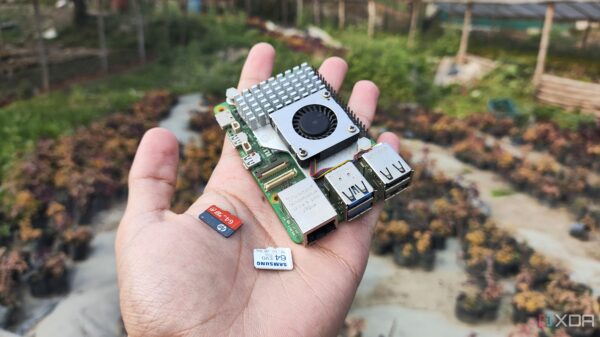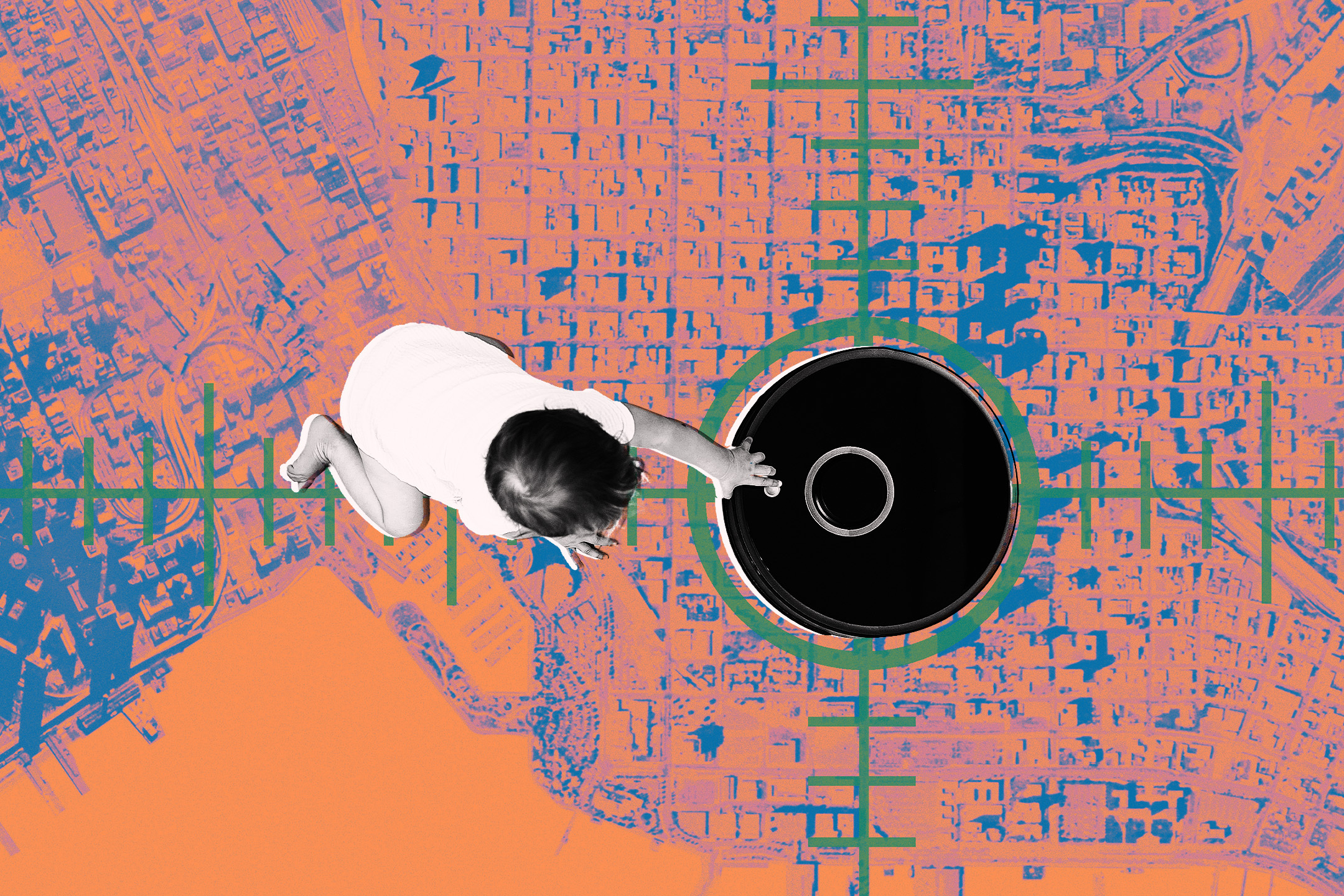A computer programmer’s unsettling discovery about his smart vacuum has sparked concerns over privacy and data security in the realm of home technology. Harishankar Narayanan uncovered that his $300 iLife A11 vacuum was transmitting a detailed map of his home to its manufacturer without his consent.
After operating the vacuum for about a year, Narayanan’s curiosity led him to examine its network traffic. He described himself as “a bit paranoid — the good kind of paranoid,” and decided to monitor the device’s data transmissions. What he found was alarming: the vacuum was continuously sending logs and telemetry to servers located thousands of kilometers away.
“I was shocked to learn that my robot vacuum was constantly communicating with its manufacturer,” Narayanan explained in a blog post on Small World. “I had never consented to share this information.” Following this revelation, he attempted to stop the device from transmitting data while allowing necessary functions, such as firmware updates, to continue.
Despite his precautions, the vacuum malfunctioned shortly thereafter, refusing to restart one morning. After sending it for repairs, the service center reported that the device was functioning properly. However, it failed again after a few days, leading Narayanan to repeat the repair process multiple times until the service center declined further assistance, citing warranty expiration.
“Just like that, my $300 smart vacuum transformed into a mere paperweight,” he lamented. Driven by curiosity and frustration, Narayanan disassembled the device. He undertook the complex task of reverse engineering it, which involved reprinting the circuit boards and testing its sensors.
During this process, he discovered that the vacuum was running Google Cartographer, an open-source program intended for creating 3D maps of environments. This software was not only operational but was also relaying data back to the manufacturer.
Narayanan also found a troubling line of code that was sent from the company to the vacuum, coinciding with the device’s failure. He noted, “Someone — or something — had remotely issued a kill command.” After reversing the script change, he was able to reboot the vacuum successfully.
He asserted that the manufacturer possessed the capability to disable the device remotely as a consequence for blocking its data collection. “Whether it was intentional punishment or automated enforcement of ‘compliance,’ the result was the same: a consumer device had turned on its owner,” he stated.
This incident raises significant concerns about the privacy implications of smart home devices. Narayanan warned that many smart vacuums likely operate under similar systems, exposing consumers to potential surveillance and control. “Our homes are filled with cameras, microphones, and mobile sensors connected to companies we barely know, all capable of being weaponized with a single line of code,” he cautioned.
The situation underscores the hidden costs associated with for-profit technology. Consumers often overlook the extent of data collection practices that occur after the purchase, highlighting the need for greater transparency in the smart device industry. As technology continues to evolve, it is crucial for users to remain vigilant about their privacy and the data security practices of manufacturers.








































































